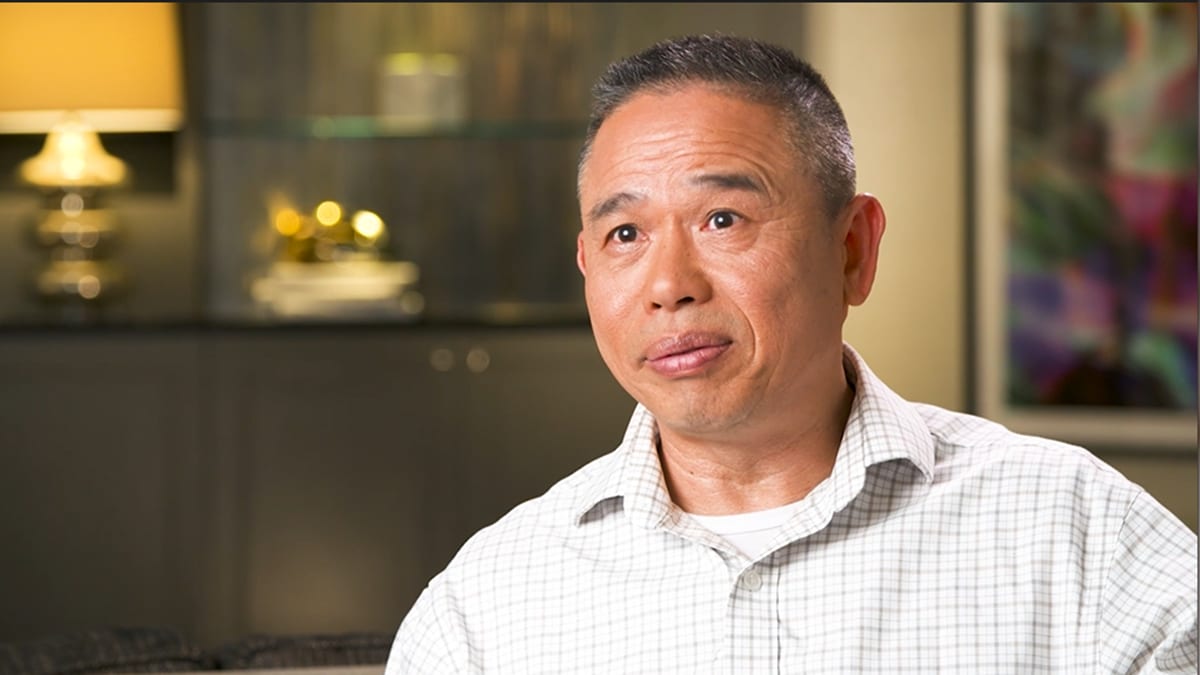Key points
Kim, a tuberculosis (TB) control professional, describes his work helping TB patients overcome barriers and complete their treatment for TB.

Kim's story
Kim Do is a public health professional with 20 years of experience working in TB. He works closely with TB patients, many who are also experiencing issues such as homelessness, substance abuse, and poverty in his role with the Los Angeles County TB Control Program.
One of his main activities is conducting interviews with TB patients who are experiencing homelessness to identify people who may have been exposed to TB by the patient.
Kim works tirelessly to find out "who their friends are, when was the last time they lived with their sisters, brothers, if the sisters are married, if they have children. If we hear that they have young children, we are going to put a lot of focus on with the children," explains Kim.
Challenge
"One of the challenges in working with the homeless population is locating and looking for the patient to either get them back onto the TB treatment regimen, or get them to the clinic for the chest x-ray, or get them to the clinic for the doctor's evaluation," says Kim.
Kim has found that those who are experiencing homelessness may have been promised a lot in the past, but those promises aren't always kept. An important part of his job is building relationships with patients. He has learned that you have to build trust. As Kim says, "After all, the patient is everything. If we don't have a good relationship with them, they are not going to comply with the TB treatment."
One of the most challenging parts of the job is explaining to patients the importance of TB treatment. It's especially difficult when it is patients with inactive TB, also called latent TB infection.
TB germs can live in the body without making you sick. This is called inactive TB. People with inactive TB are infected with TB germs, but they do not have active TB disease. They do not feel sick, do not have symptoms of TB disease, and cannot spread TB to others.
However, without treatment, they can develop active TB disease and become sick. People with active TB disease may also be able to spread the germs to people they spend time with every day.
After years of experience, Kim knows how crucial it is to help TB patients understand the importance of treating inactive TB.
"But it's so critically important for them to be on treatment so that we can prevent them from breaking down with TB disease later on," explains Kim.
Kim's message
After years of working with patients and health departments, Kim knows the important role of local TB programs in eliminating TB.
"The local TB program plays a major role in TB elimination. Because it's an avalanche effect. When you have good effective local TB, you are going to affect the state level, and eventually you're going to affect the nation. And eventually you are going to affect the world," says Kim.
